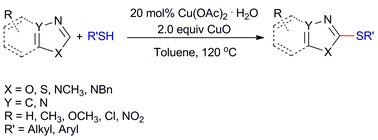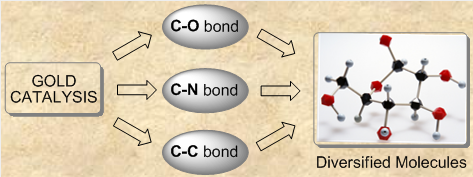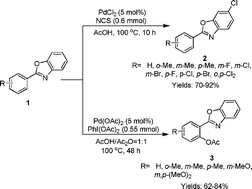A novel and simple method for the direct amidation of azoles with formamides has been developed. The reaction could occur smoothly in the presence of tert-butyl perbenzoate (TBPB) as an oxidant under metal- and base-free conditions. Direct dehydrogenative cross-coupling of formamides and azoles generated the corresponding products in good yields.




![[BOND]](http://onlinelibrarystatic.wiley.com/undisplayable_characters/00f8ff.gif) H activated dehydrogenative cross-coupling reactions of benzylic methyl C(sp3)
H activated dehydrogenative cross-coupling reactions of benzylic methyl C(sp3)

















